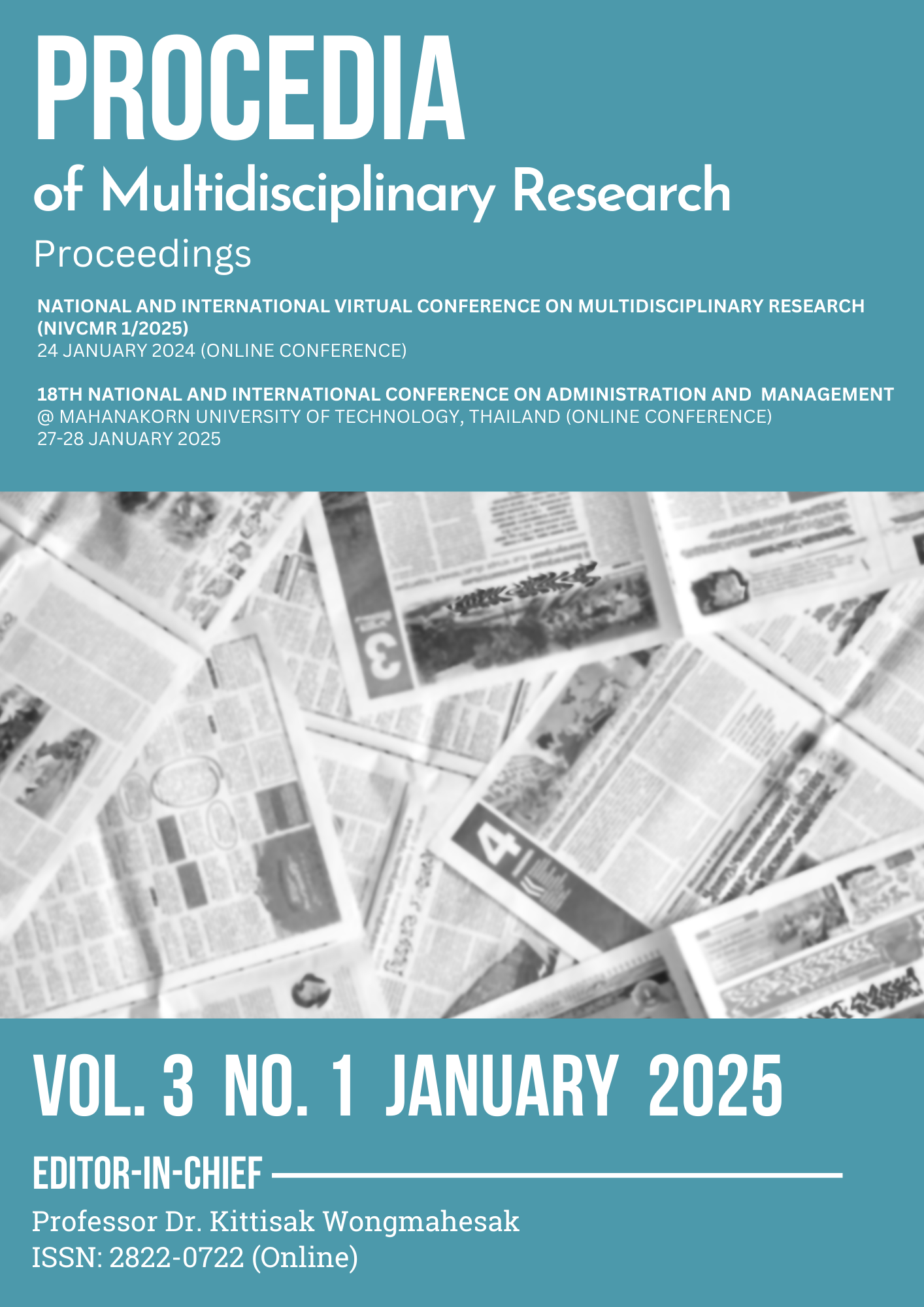CHARACTERIZING PHYSICAL SPACE UTILIZATION USING WI-FI NETWORK CONNECTIVITY DATA
Keywords:
Wi-Fi network, Space utilization, Energy consumption, Space segmentationAbstract
This paper presents methodologies for analyzing space utilization dynamics and their implications for sustainable building management. Leveraging Wi-Fi connectivity data from a multi-campus university network, we developed a novel framework combining principal component analysis (PCA), eigendecomposition, and X-means clustering to identify and evaluate key features of space utilization: crowdedness, mobility, and connectivity entropy. These metrics provide a comprehensive view of spatial behavior, enabling nuanced insights into how spaces are used over time. The study further examines the relationship between space utilization and electricity consumption, focusing on ten buildings at Chiang Mai University. By correlating Wi-Fi probe data with energy usage patterns, the research highlights the complex interplay between crowdedness, mobility, and entropy with electricity demand. This integrated approach reveals actionable insights into optimizing energy consumption based on real-time spatial behavior. The findings contribute to discussions on sustainable building practices and urban informatics, offering a pathway for improving energy efficiency while enhancing user experience in shared spaces. The methodologies and insights presented in this study serve as a foundation for future research aimed at promoting greener, more resource-efficient urban environments through data-driven decision-making.
Downloads
Published
Issue
Section
License

This work is licensed under a Creative Commons Attribution-NonCommercial-NoDerivatives 4.0 International License.







.png)


